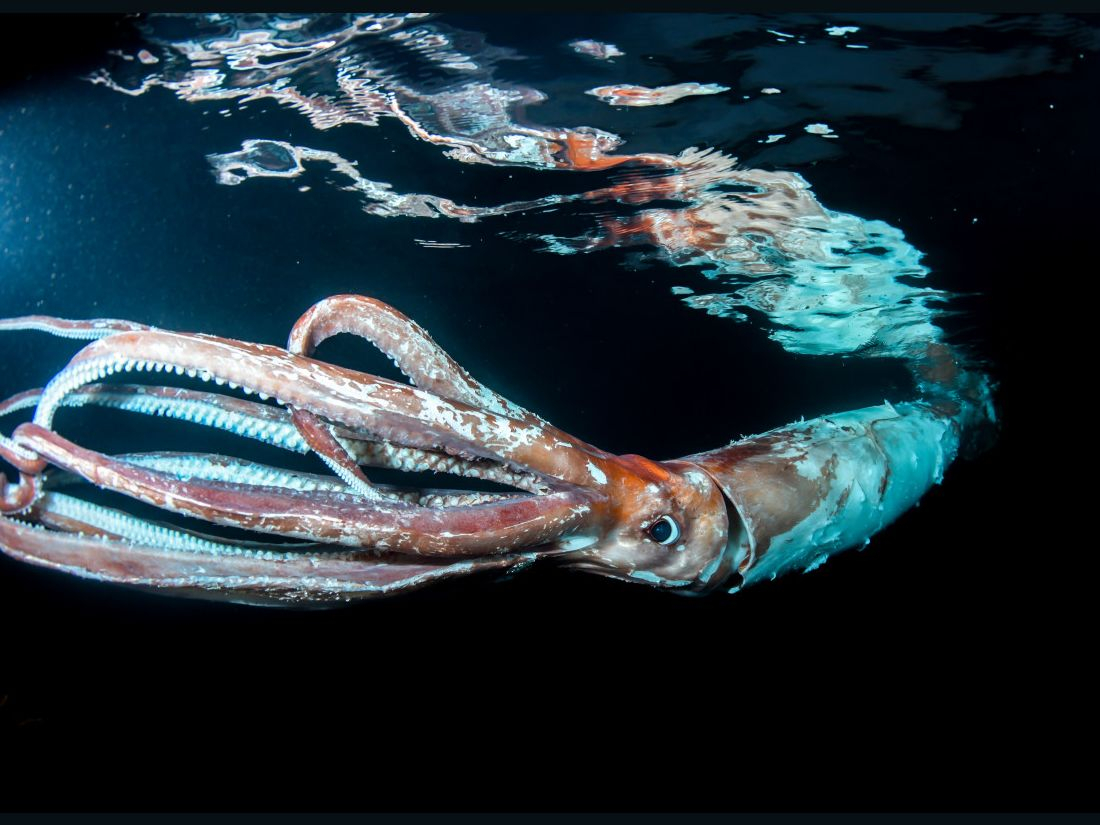The giant squid, known scientifically as Architeuthis dux, is a mesmerizing creature that dwells in the mysterious depths of the ocean. With its colossal size and elusive nature, it has captivated the imagination of scientists and adventurers alike. They have some unique characteristics, remarkable adaptations, and there is an ongoing quest to unravel its secrets.
-
Ancient and Elusive: Dating back over 300 million years, the giant squid is considered one of the oldest creatures on Earth. Despite its ancient lineage, studying this elusive deep-sea dweller has proven to be a challenging task, leaving many aspects of its life and behavior still shrouded in mystery.
-
Massive Proportions: The giant squid lives up to its name, boasting an immense size. These incredible creatures can reach lengths of up to 43 feet (13 meters), making them one of the largest invertebrates on the planet. Some individuals even weigh up to a ton, showcasing their truly awe-inspiring proportions.
-
Extraordinary Anatomy: The anatomy of the giant squid is equally fascinating. Its long, flexible arms are equipped with powerful suction cups lined with razor-sharp hooks, allowing it to capture prey with precision. With eyes measuring up to 10 inches (25 centimeters) in diameter, the giant squid possesses one of the largest eyes in the animal kingdom, enabling it to navigate the depths of the ocean.
-
Deep-Sea Dwellers: The giant squid primarily inhabits the deep waters of the ocean, typically found between 1,000 and 3,000 feet (300 and 900 meters) below the surface. They are known to roam all the world's oceans, from the North Atlantic to the Southern Ocean. Their preference for these deep-sea environments adds to the mystery surrounding their behavior and life cycle.
-
Mysterious Mating and Reproduction: The mating and reproductive habits of the giant squid remain largely unknown. It is believed that males use specialized tentacles called hectocotyli to transfer sperm packets to females during mating. However, the actual act of mating has never been observed in the wild, leaving scientists with limited evidence and specimens that wash ashore.
-
Bioluminescent Adaptations: The giant squid possesses the remarkable ability to produce bioluminescent displays. Scattered across its body are bioluminescent organs called photophores, which create mesmerizing light shows in the dark depths of the ocean. These displays likely serve purposes such as communication, attracting mates, or confusing predators.
-
Predator-Prey Relationships: Despite their immense size, giant squids have natural predators in the deep sea. Sperm whales are known to be their primary predators, engaging in epic battles that have fascinated scientists and inspired tales of marine encounters. These encounters between predator and prey demonstrate the power and resilience of both species.
- The giant squid remains a captivating and mysterious creature of the deep sea. While significant strides have been made in understanding its biology and behavior, much remains unknown. Scientists continue to explore and study the giant squid, driven by a desire to unravel its secrets and gain a deeper understanding of this remarkable species that has captured our imaginations for centuries.
